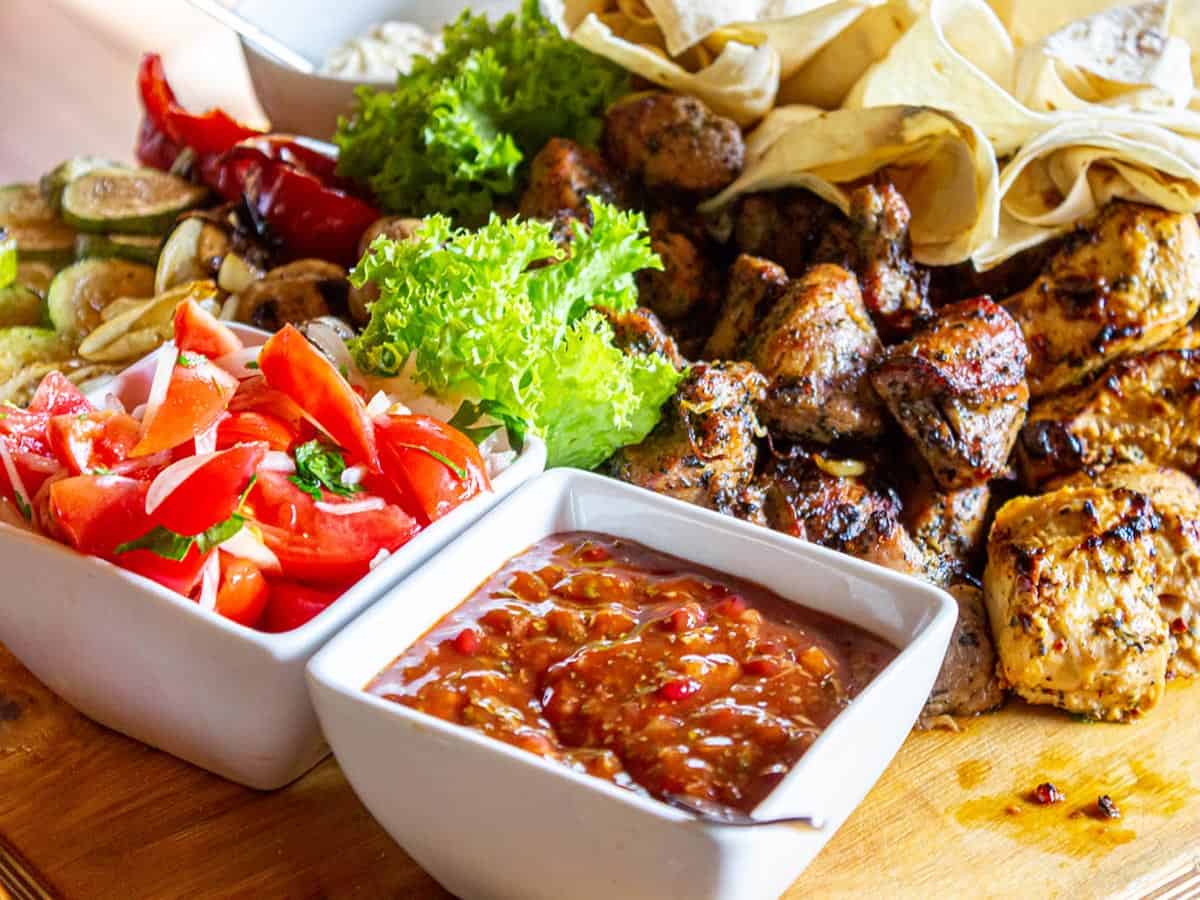The Centers for Disease Control and Prevention, a leading, national public health institute of the United States, says that the coronavirus is transmitted from person to person, primarily through respiratory droplets. That makes it unlikely for the virus to appear in food. CDC officials claim there’s no evidence of COVID-19 being transmitted through food, even if someone handling it coughs or sneezes nearby.
Experts say, there’s no need to worry, if consumers follow safety measures while preparing food such as washing produce and cooking meat to proper temperatures.
Explaining that food doesn’t travel into the respiratory system, Ben Chapman, a professor at N.C. State who studies food safety, said: “The good news with this particular virus is that it is not a foodborne virus.” He said that most of the food that we eat goes into our gut and ends up encountering a whole bunch of acid in our stomachs. As a result this virus particularly doesn’t really remain infectious once it hits the stomach.
Expert explained that if a respiratory droplet from COVID-19 was consumed, our digestive system would break the virus down and it would not affect us.
Unlike all pathogens, such as E. coli or norovirus, this virus is unlikely to harm us because our bodies have the ability to break it down even if someone were to cough on our food, which is not true with gastrointestinal foodborne viruses like Hepatitis A or norovirus which make people ill through contaminated food. U.S. Food and Drug Administration claim that food exposure is unlikely to transmit COVID-19.
Eating without getting sick
U.S. Department of Agriculture has issued guidance to protect against COVID-19 which asks to follow four basic practices to make food safe: make sure supplies and food preparation surfaces are clean, separate raw meats from fresh produce, cook foods thoroughly, and chill food thoroughly after it’s cooked.
Chapman says, beef, poultry, fish and flour, which is a raw food, can have pathogens associated with them because of the way we get food. But proper preparation would eliminate the risk of getting sick, he says. USDA claims that the virus could be killed if the beef, pork, veal and lamb are cooked at a temperature of 145 degrees Fahrenheit and poultry at 165 degrees Fahrenheit. These high temperatures would also kill any potential coronavirus, claim experts.
Raw meats must be separated from raw vegetables and cooked foods to prevent foodborne illnesses. Meat and poultry products also need to be separated so that their leaked juices do not contaminate other food.
Joe Reardon, assistant commissioner of the North Carolina Department of Agriculture emphasized the need to wash hands properly to make sure there is not room for cross-contamination in the home. Leftovers need to be refrigerated quickly and stored properly in the refrigerator to prevent cross-contamination, he added.
Soap and water do the trick
Those who handle foods must wash their hands thoroughly by soap and water and other disinfectants to eradicate bacteria from one’s hands.
Using of normal soap is the best option as antibacterial soap kills bacteria and is not formulated for viruses. Chapman also says washing – best done with hot water – removes soil that may contain virus particles and allows those particles to go down the drain. He further added that alcohol-based hand sanitizer might not be the best in food safety situations because the solution does not kill every virus.
Chris Gunter, an N.C. State professor, says that research has shown a minimum 10-15 second scrub is necessary to remove transient pathogens from the hands and when an antimicrobial soap is used, a minimum of 15 seconds is required.
The CDC asks consumers to wash their hands for 20 seconds and scrub for an extra five seconds. Gunter advises to use warm water temperature to achieve the maximum surfactant effect of the soap.
Vegetable safety
According to Chapman, eating raw foods such as salads are still safe. He noted that the only way for a person to catch the coronavirus from a sick farmer is if they personally traveled to the farm and were in contact with an infected farmer.
North Carolina Health News quoted Ben Chapman as saying “The biggest risk in COVID-19 has nothing to do with food or surfaces, the biggest risk is being around other people.” He added: “When it comes to food and food packaging we don’t have any evidence of people getting sick, getting the virus through those means. The risk of getting sick from food is extremely low.”
If a farmer coughs or sneezes on food, it can infect a person if he touches that produce, but if the person does a lot of hand-washing, after he handles food, he can protect himself, not just from COVID-19, but from other foodborne illness issues as well. Consumers are recommended not buy damaged or bruised vegetables and only touch the fruit or vegetable that they are going to purchase.

